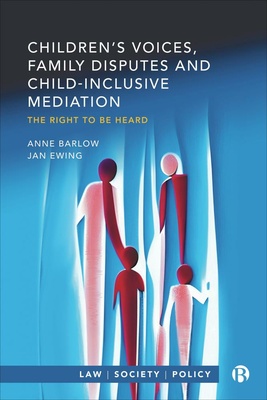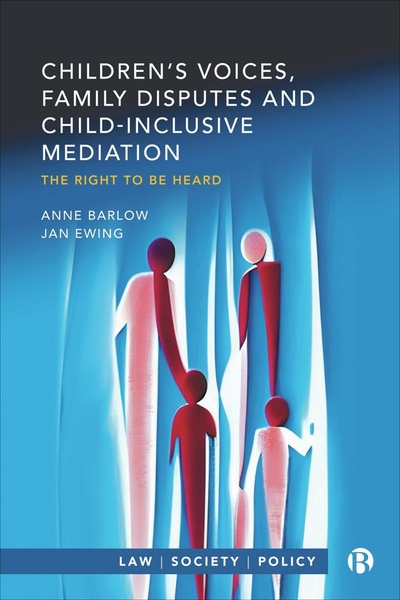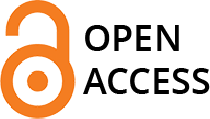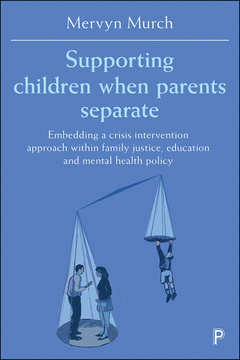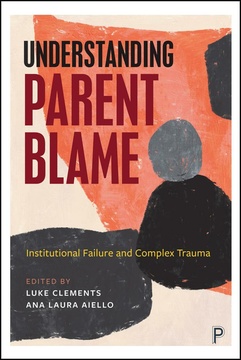Children’s Voices, Family Disputes and Child-Inclusive Mediation
The Right to Be Heard
By Anne Barlow and Jan Ewing
ISBN
978-1529228915Dimensions
203 x 127 mmImprint
Bristol University PressISBN
978-1529228939Dimensions
203 x 127 mmImprint
Bristol University PressePDF and ePUB available open access under CC-BY-NC-ND licence.
Recent legislative changes in England and Wales have eroded children’s ability to exercise their article 12 UNCRC rights to information, consultation and representation when parents separate. However, children’s voices may be heard through child-inclusive mediation (CIM).
Considered from a children’s rights perspective, this book provides a critical socio-legal account of CIM practice. It draws on in-depth interviews with relationship professionals, mediators, parents and children, to consider the experiences, risks and benefits of CIM. It investigates obstacles to greater uptake of CIM and its role in improving children’s wellbeing and agency.
Exploring the culture and practice changes necessary for a more routine application of CIM, the book demonstrates how reconceptualising CIM through a children’s rights framework could help to address barriers and improve outcomes for children.
“This study is of great importance for child and family law professionals. Children find it cathartic to talk with a family mediator and when parents listen to their children's views and suggestions, arrangements work better and relationships are strengthened." Lisa Parkinson, Family mediator, trainer and a Vice President of the Family Mediators Association
Anne Barlow is Professor of Family Law and Policy at the University of Exeter and a Fellow of the Academy of Social Sciences.
Jan Ewing is Research Fellow at the University of Exeter.
1. Introduction
2. Children’s Right to be Heard? Points of View from Relationship Professionals and Children
3. Entering Child-Inclusive Mediation: Barriers to Uptake
4. Experiences of Child-Inclusive Mediation
5. Outcomes of Child-Inclusive Mediation
6. Conclusions







